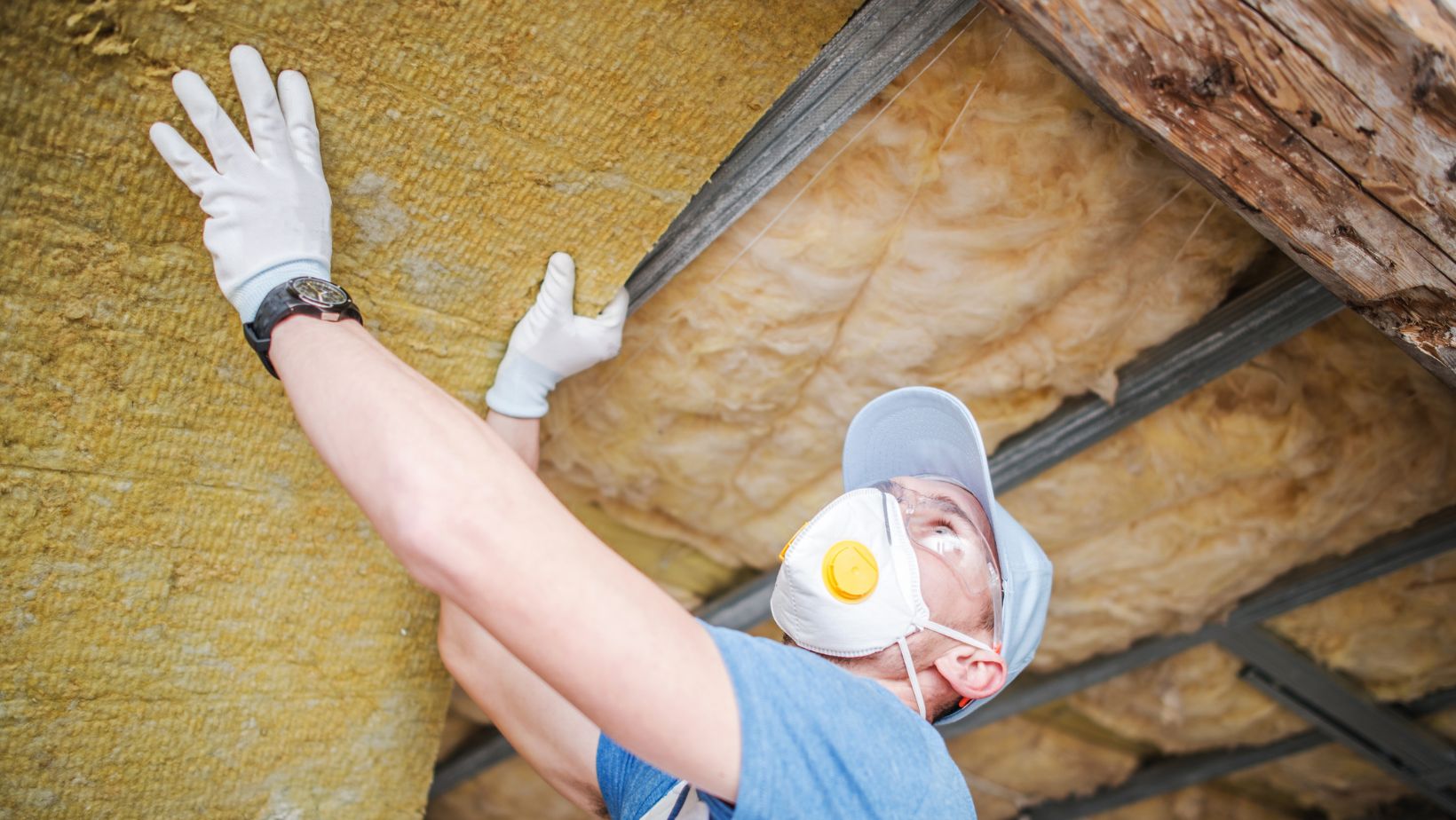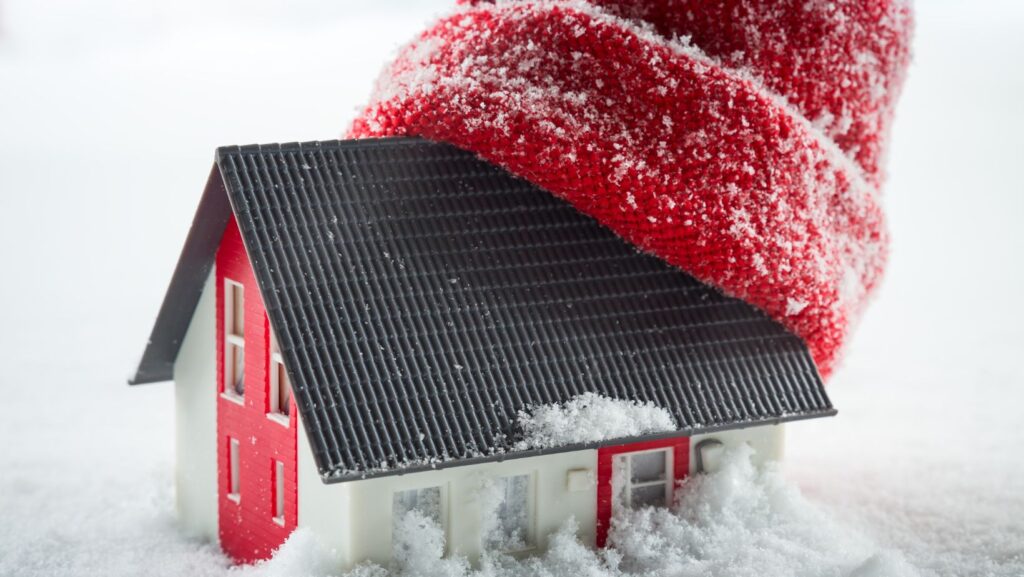Winter weather can have a severe impact on your home if it is not properly insulated. High energy costs and unpleasant drafts are often the result of poor insulation. In the following sections, you will find solutions for winterizing your home.
Analyze Weak Points Before Winter
Houses lose heat when insulation is missing. This leads to rising heating costs and an uncomfortable living environment. To counteract this, homeowners should conduct a comprehensive inspection of the insulation. Older buildings, in particular, are often poorly insulated. Investing in modern insulation technologies can save costs in the long term and increase living comfort. It is advisable to consult an expert at the beginning. HVAC professionals can provide a thorough assessment of potential weak points. Only then should you plan further steps. Insulation materials such as rock wool or expanded polystyrene are particularly effective.
Heat Loss Through Windows And Doors
Heat loss through windows and doors is a major problem, especially with outdated or single-glazed windows. These often account for up to 30% of a building’s heat loss. Windows that are not sufficiently insulated allow a great deal of heat to escape in winter, while in summer they absorb excessive solar heat. Replacing them with modern double-glazed windows can significantly increase energy efficiency. In addition, window coverings such as blinds or curtains help to improve temperature regulation.

An estimated 76% of the sun’s rays that hit standard double glazing turn into heat. The use of energy-efficient window attachments can regulate this heat input and at the same time reduce cold zones near windows. The use of operable window coverings, such as blinds or shades, not only offers flexibility in controlling daylight, but also helps to reduce energy consumption.
Optimize Roof Insulation
The roof is a critical area for heat loss. In many houses, warm air escapes unused through the roof. Roof insulation can prevent this. Materials such as glass wool or foam plates are suitable for this. They keep the heat in the house and thus significantly reduce heating costs. However, the installation should be carried out by experts to ensure that no thermal bridges are created.
Increase Heating System Efficiency
Another important aspect is the efficiency of existing heating systems. Old boilers can be replaced with modern, energy-efficient models. Regular maintenance of heating systems is essential to maintain their efficiency. In addition, the installation of smart thermostat controls can help to further save energy.
Cellar Insulation And Its Advantages
Many people forget the cellar when it comes to insulation. However, a lot of heat can be lost here too. Insulating the cellar can improve the energy efficiency of the entire house. We recommend installing insulation boards on the walls and insulating the cellar ceiling.

These steps keep the cold out and minimize the energy required to heat the house.
Using Renewable Energies
The integration of renewable energy sources can also be considered to further promote sustainability. Solar thermal systems or heat pumps use environmental energy and can thus reduce dependence on fossil fuels.
Ventilation Systems And Their Role In Insulation
A well-insulated house needs an effective ventilation system. Without adequate ventilation, there is a risk of dampness and mold. A controlled domestic ventilation system with heat recovery is an ideal solution. It ensures a supply of fresh air without significant heat loss.
The right ventilation not only helps to save energy but also protects the health of the residents. Regular intensive ventilation or the installation of automatic ventilation systems are effective measures against moisture. Such systems regulate the humidity in the house and thus prevent mold growth.


More Stories
Tiny Invaders, Big Problems: Why Pest Control Matters More Than You Think
How Outdoor Lighting Enhances Security and Aesthetic Appeal
The 5 Signs You Need Mold Removal in Toronto